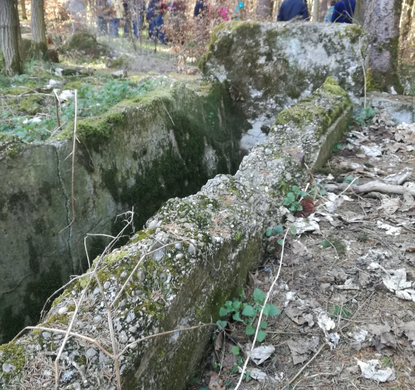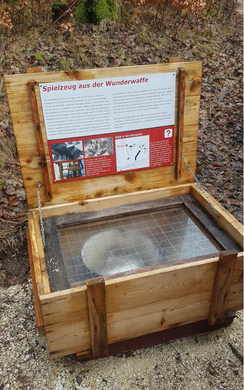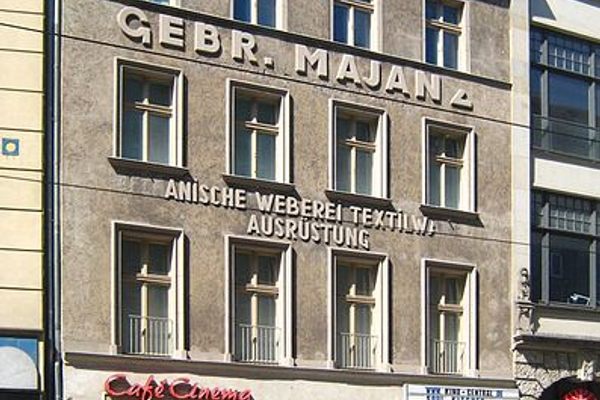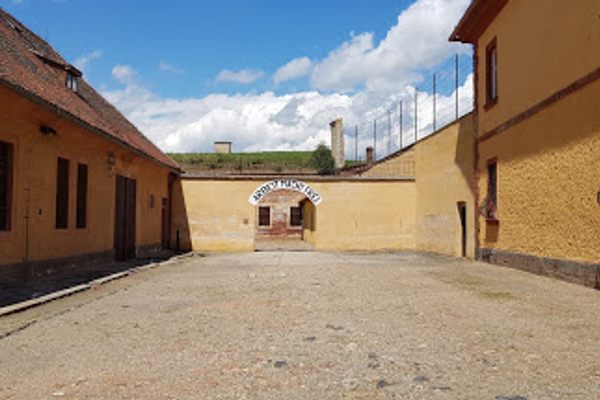Kuno II
The world's first jet-powered aircraft were assembled by the Germans in this secret factory in the forest during WWII.
Originally, the company Kuno used factories in the cities of Augsburg and Regensburg. Kuno assembled airplanes on behalf of the aviation company Messerschmitt AG—one of the predecessors of Airbus SE. During World War II, and after the first bombings, the company moved the factories to forests, tunnels or drifts.
One of these factories, Kuno I, was originally located next to the airfield Leipheim. In April 1944, the airfield was destroyed by U.S. bombers, and the factory was moved to the forest next to the village Burgau. The new factory, Kuno II, was built right into the forest using forced labor from concentration camps. The factory consisted of hangars, barracks, and a shooting range to adjust the jet’s weapons. Camouflage netting between the trees worked so well that the factory was not discovered until the end of the war.
In 1945, approximately 1,000 Jewish people were deported to the nearby concentration camp close to the village Burgau. From there they were driven to the forest factory every day to assembly the Messerschmitt Me 262, the world’s first mass-fabricated jet.
The Me 262 was originally planned as an interceptor against Allied bombers. By command of Adolf Hitler, it was modified to suit as a blazing-fast bomber. Parts of the airplanes like fuselage, nose, and weapons were assembled in smaller locations, transported to the forest factory where the jets were finally assembled.
In April 1945, U.S. bombers destroyed several assembled jets which were scheduled to depart only half an hour later. The nearby motorway had been broadened some days before to suit as a runway.
It is most likely that less than 20 airplanes departed from the runway to be brought into service. As fuel was available only to a limited extent some further jets were also transported on trucks. With the opposing army corps approaching, Nazis destroyed the remaining airplanes, documents, and equipment.
The roof over the former assembly line was later dismounted and used to build a sawmill. Today other remains can still be seen on a path through the forest. Most visible is the pit of the assembly line and the shooting range. Some parts are on display in boxes to be protected from rain and snow. You will find additional information on some signboards along the forest path.
Know Before You Go
Take the motorway exit "Burgau / Scheppach", head towards "Scheppach" and at coordinates 48°24'42.6"N 10°27'35.7"E use the underpass below the motorway to reach the parking place.
On the quoted sources, besides a lot of information in German, some photos from the past show how the site looked like and how the airplanes have been assembled or stored.















Follow us on Twitter to get the latest on the world's hidden wonders.
Like us on Facebook to get the latest on the world's hidden wonders.
Follow us on Twitter Like us on Facebook